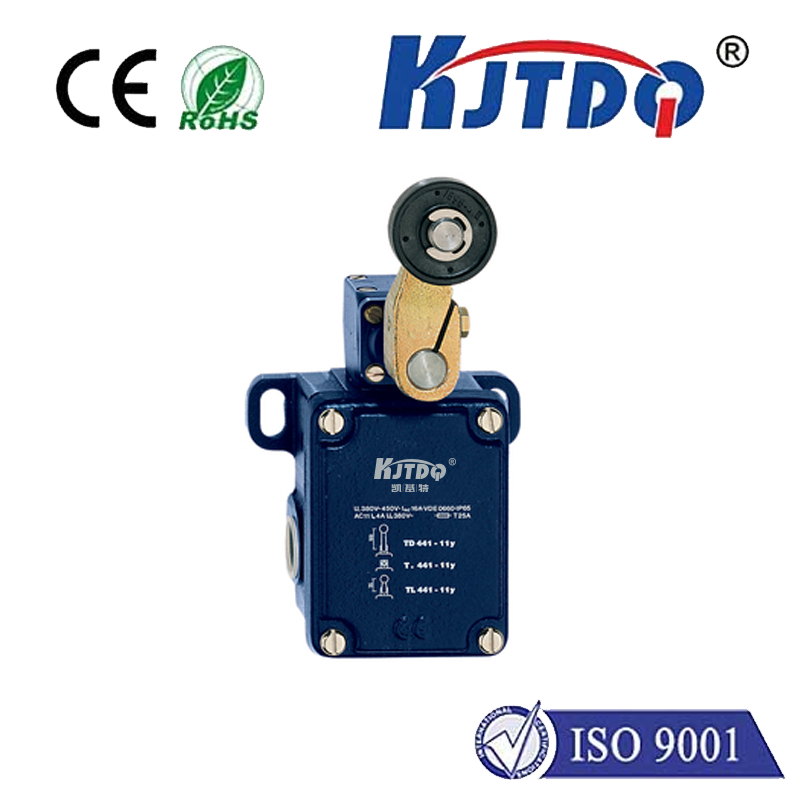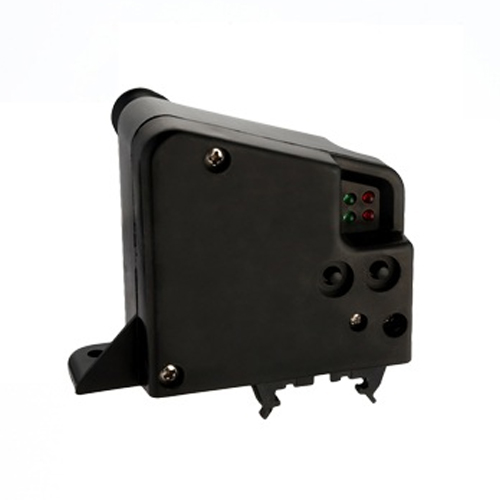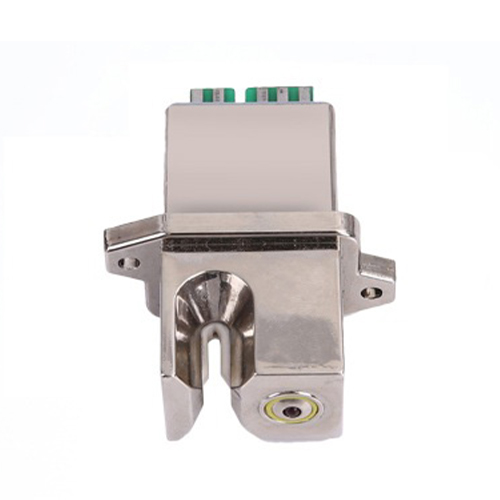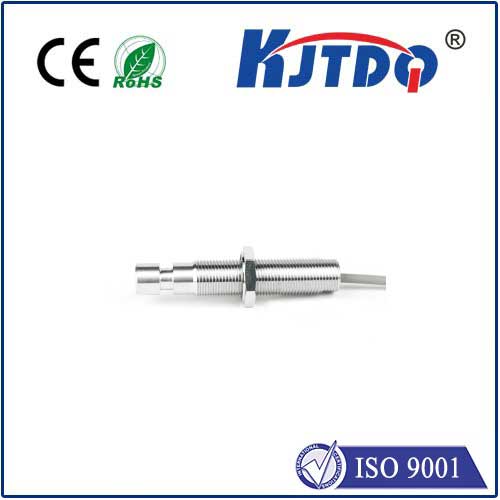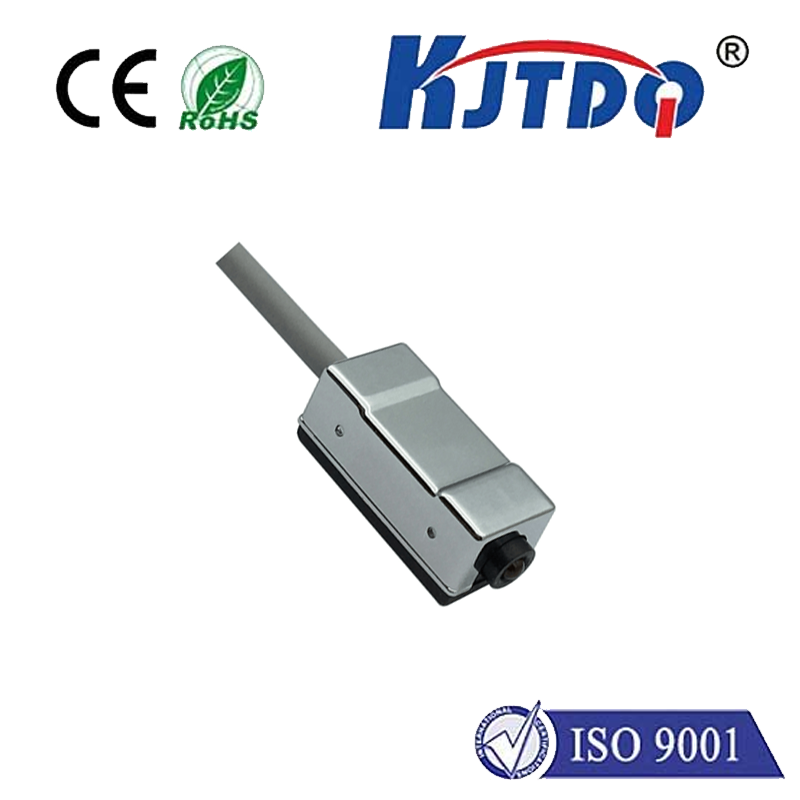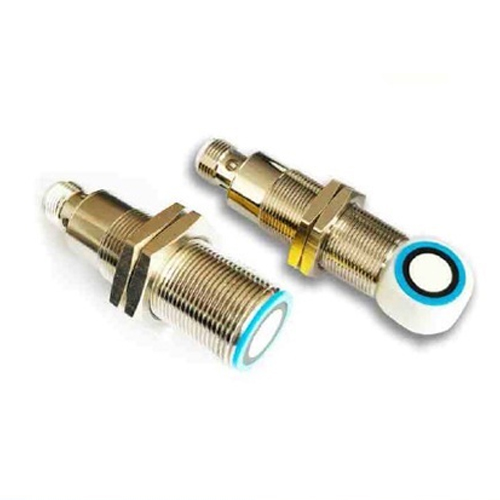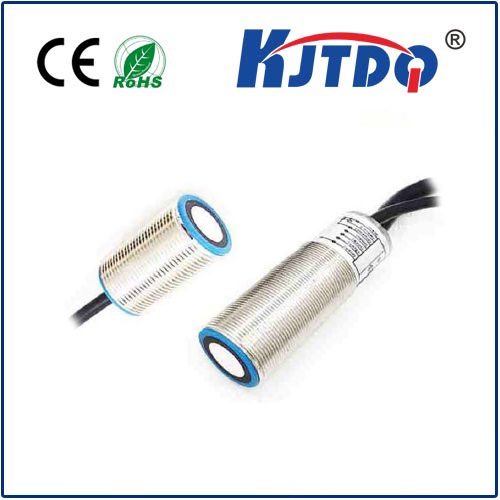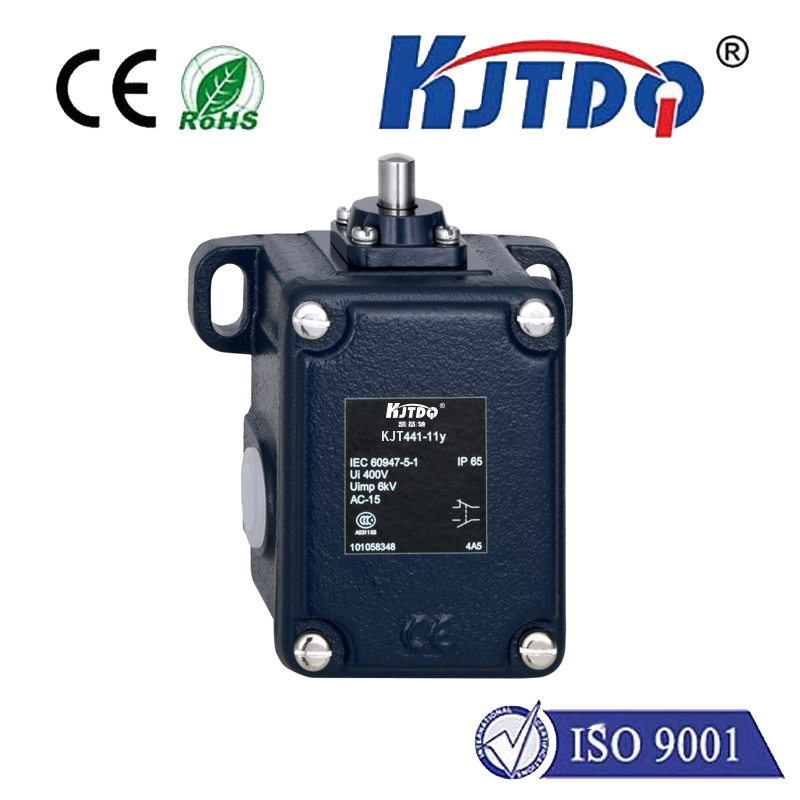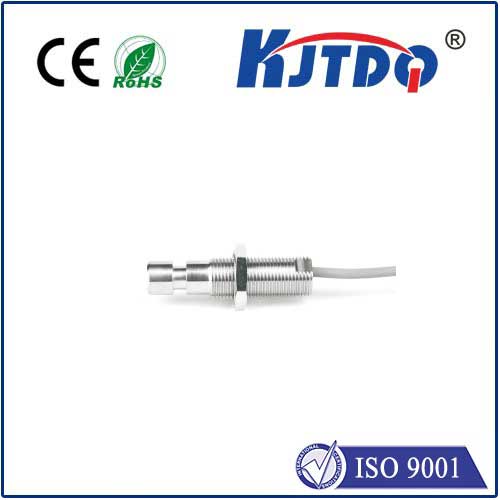датчик дальнего сближения
- time:2025-07-02 00:24:16
- Нажмите:0
Beyond Touch: Harnessing Long Distance Proximity Sensors for Smarter Detection
What if you could detect objects, vehicles, or people reliably from tens or even hundreds of meters away, without any physical contact? Long distance proximity sensors make this possible, transforming how industries manage safety, automation, logistics, and security. Unlike their close-range counterparts designed for millimeters or centimeters, these specialized sensors bridge expansive gaps, offering critical awareness where traditional solutions fall short. Their ability to provide non-contact detection over significant distances unlocks unparalleled efficiency and safety improvements across diverse sectors.
Understanding Long Distance Proximity Sensing
At their core, proximity sensors detect the presence or absence of an object within a defined zone. Long distance variants push the boundaries of this detection range dramatically. While a standard inductive sensor might work within 50mm, long distance proximity sensors routinely operate from 10 meters to over 200 meters or even kilometers. This extended reach fundamentally changes their application landscape. Achieving this range requires sophisticated technologies beyond basic inductive or capacitive principles. Instead, they harness energy waves – light, sound, or radio waves – that can travel substantial distances and bounce back.

Key Technologies Powering Long-Range Detection
Several core technologies enable effective long distance proximity sensing:
- LiDAR (Light Detection and Ranging): Emits laser pulses and measures the time for the reflection to return. LiDAR excels in precision over distance, creating detailed 3D point clouds. Modern solid-state LiDAR is increasingly compact and affordable, driving its adoption in autonomous vehicles, drones for terrain mapping, and large-scale surveying.
- Ultrasonic Sensors: Utilize high-frequency sound waves. They are robust performers in challenging environments with dust, fog, or varying light conditions. While typically offering ranges up to 10-12 meters for proximity purposes, specialized long-range ultrasonic sensors can reach significantly further. They are commonly used for tank level monitoring, traffic detection, and collision avoidance in large machinery.
- Millimeter Wave (mmWave) Radar: Operates in the millimeter-wavelength spectrum of radio waves. mmWave radar is exceptionally capable of penetrating visual obstructions like fog, dust, and even some non-metallic materials. Its ability to simultaneously measure distance, speed, and angle makes it ideal for complex applications like industrial automation monitoring, perimeter security, and advanced driver-assistance systems (ADAS). Its immunity to environmental interference is a significant advantage.
- Time-of-Flight (ToF) Sensors (Optical): Similar in principle to LiDAR but often using modulated light sources (like LEDs) instead of lasers. They calculate distance based on the round-trip time of emitted light. ToF cameras and sensors offer good balance of range, speed, and cost-effectiveness for applications like volume measurement, robotics navigation, and gesture control at moderate distances (typically up to tens of meters).
Pivotal Applications Transforming Industries
The unique capabilities of long distance proximity sensors are revolutionizing numerous fields:
- Industrial Automation & Warehousing: Monitoring large-scale production areas, tracking AGVs (Automated Guided Vehicles) across expansive warehouses, ensuring safe distances around heavy machinery, and overseeing material levels in large silos or bunkers. Proactive detection prevents collisions and costly downtime.
- Traffic Management & Vehicle Safety: Detecting vehicles approaching intersections, measuring queue lengths, managing toll lanes, and enabling adaptive cruise control and autonomous emergency braking (AEB) in automobiles rely heavily on robust long-range detection, primarily using radar and LiDAR.
- Perimeter Security & Surveillance: Creating invisible tripwires around sensitive facilities, detecting intrusions over vast perimeters (airports, power plants), and tracking unauthorized vehicles or personnel at range. mmWave radar and LiDAR excel here, operating effectively in darkness and adverse weather.
- Construction & Mining: Ensuring safe exclusion zones around operating excavators, cranes, and other heavy equipment. Monitoring stockpile volumes and vehicle movement across large, hazardous sites.
- Сельское хозяйство: LiDAR sensors on drones or ground vehicles enable detailed terrain mapping, crop health monitoring, and yield prediction over vast fields. Ultrasonic sensors monitor water levels in large irrigation reservoirs.
- Aerospace & Drone Navigation: Critical for collision avoidance systems in aircraft and UAVs (Unmanned Aerial Vehicles), terrain awareness, and landing assistance.
Selecting the Right Long-Distance Proximity Sensor
Choosing the optimal sensor requires careful consideration:
- Required Range & Accuracy: Precisely define the minimum and maximum detection distances needed and the level of positional accuracy required. Every meter counts in large-scale applications.
- Target Properties: Consider the size, material (metal, plastic, organic), reflectivity, and potential movement (speed) of the objects you need to detect. Smooth, metallic surfaces reflect radar/laser well; organic materials may be better suited for ultrasonic.
- Environmental Conditions: Assess ambient light levels, weather (rain, fog, snow), dust, temperature extremes, and potential acoustic noise. mmWave radar generally shows superior resilience in poor visibility compared to optical sensors.
- Update Speed & Resolution: How quickly do you need detection data? LiDAR and radar offer high refresh rates. What level of positional detail is needed?
- Field-of-View (FoW): Determine if you need a wide beam covering a large area or a narrow, focused beam for precise, long-distance targeting. Sensor mounting and orientation significantly impact effective coverage.
- Cost & Integration: Balance the performance requirements against budget constraints and the complexity of integrating the sensor into existing systems.
Long distance proximity sensors are increasingly vital components in building smarter, safer, and more efficient systems. By enabling reliable, non-contact detection far beyond the capabilities of traditional proximity sensors, they open doors to unprecedented automation levels in vast environments, enhance safety measures where human oversight is impractical, and optimize resource management across scales. As sensor technology continues to evolve – becoming more compact, energy-efficient, and intelligent through integration with AI and IoT platforms – the reach and impact of these remarkable devices will only expand, solidifying their role as fundamental enablers of the intelligent future.

